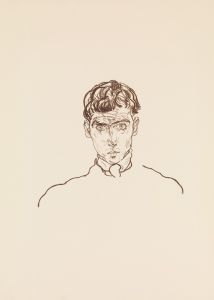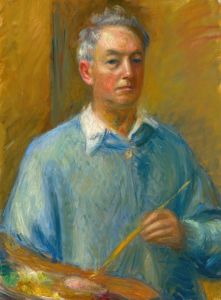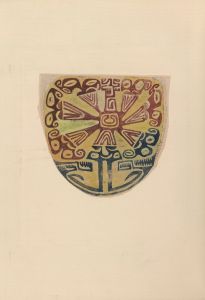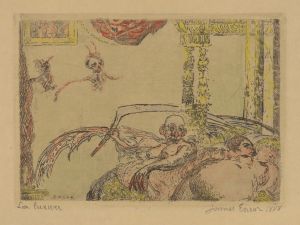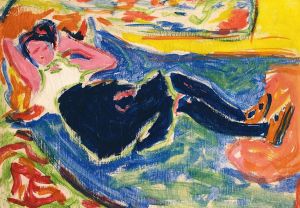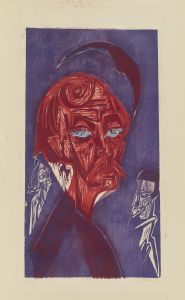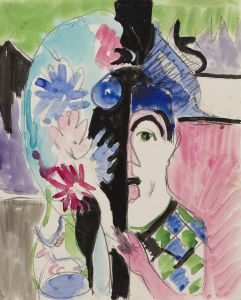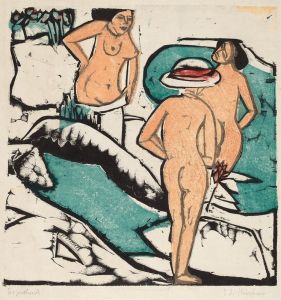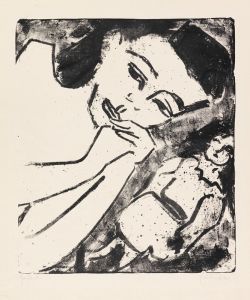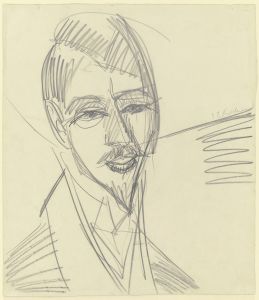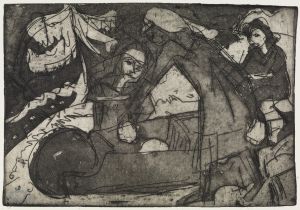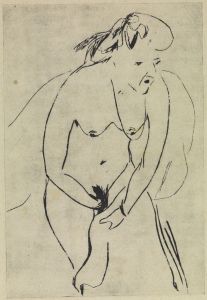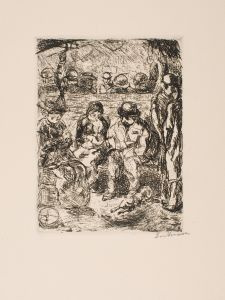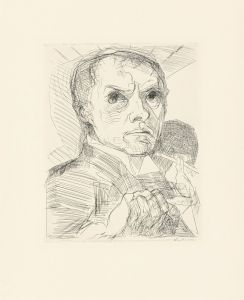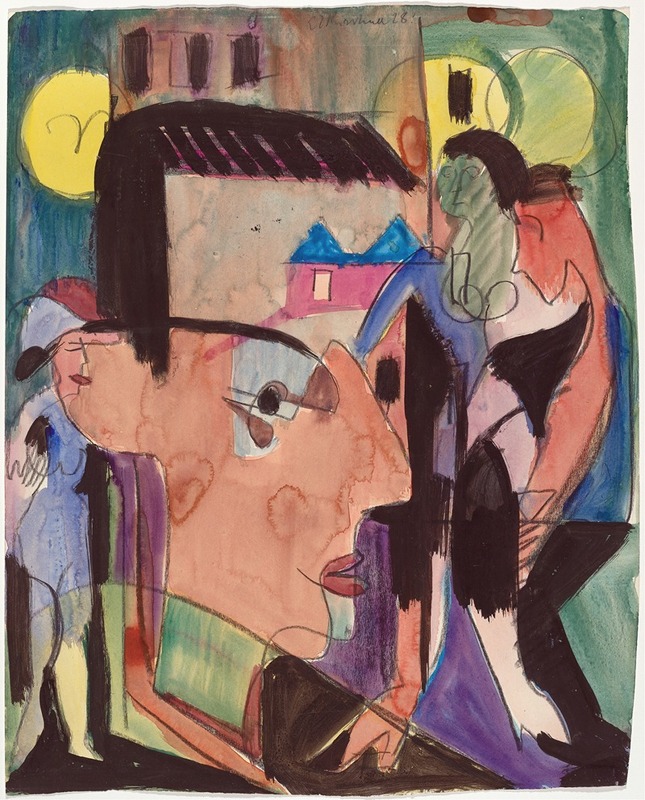
Self-Portrait
A hand-painted replica of Ernst Ludwig Kirchner’s masterpiece Self-Portrait, meticulously crafted by professional artists to capture the true essence of the original. Each piece is created with museum-quality canvas and rare mineral pigments, carefully painted by experienced artists with delicate brushstrokes and rich, layered colors to perfectly recreate the texture of the original artwork. Unlike machine-printed reproductions, this hand-painted version brings the painting to life, infused with the artist’s emotions and skill in every stroke. Whether for personal collection or home decoration, it instantly elevates the artistic atmosphere of any space.
Ernst Ludwig Kirchner's "Self-Portrait" is a notable work by the German expressionist painter and printmaker, who was a founding member of the influential art movement Die Brücke (The Bridge). Kirchner, born in 1880 in Aschaffenburg, Germany, is widely recognized for his contributions to modern art, particularly through his vivid use of color, dynamic compositions, and emotionally charged depictions of the human figure.
The "Self-Portrait" reflects Kirchner's distinctive style, characterized by bold, angular forms and an expressive use of color. Like much of his work, this painting demonstrates his interest in exploring the psychological and emotional dimensions of his subjects, often through a distorted or exaggerated representation of the human form. Kirchner's self-portraits frequently served as a means of introspection, offering insight into his personal struggles and artistic identity.
This particular self-portrait was created during a period when Kirchner was deeply engaged with the ideals of Die Brücke, a group that sought to break away from academic traditions and embrace a more spontaneous, raw approach to art. The movement was heavily influenced by non-Western art, particularly African and Oceanic art, as well as by the works of Vincent van Gogh and Edvard Munch. These influences are evident in Kirchner's use of simplified forms and his focus on emotional intensity.
Kirchner's self-portraits often reveal his complex personality and the challenges he faced throughout his life, including his struggles with mental health and the impact of World War I. After serving in the military during the war, Kirchner experienced a nervous breakdown and was later discharged. This traumatic period had a profound effect on his art, leading to a darker and more introspective tone in his work.
While the exact date and details of this specific "Self-Portrait" are not always clearly documented, it is consistent with Kirchner's broader body of work, which frequently explored themes of identity, modernity, and the human condition. His self-portraits remain an important part of his artistic legacy, offering a window into the mind of one of the 20th century's most influential expressionist artists.
Today, Kirchner's works, including his self-portraits, are held in major museums and collections worldwide, where they continue to be studied and admired for their innovative approach and emotional depth.





